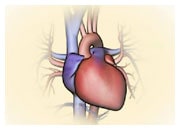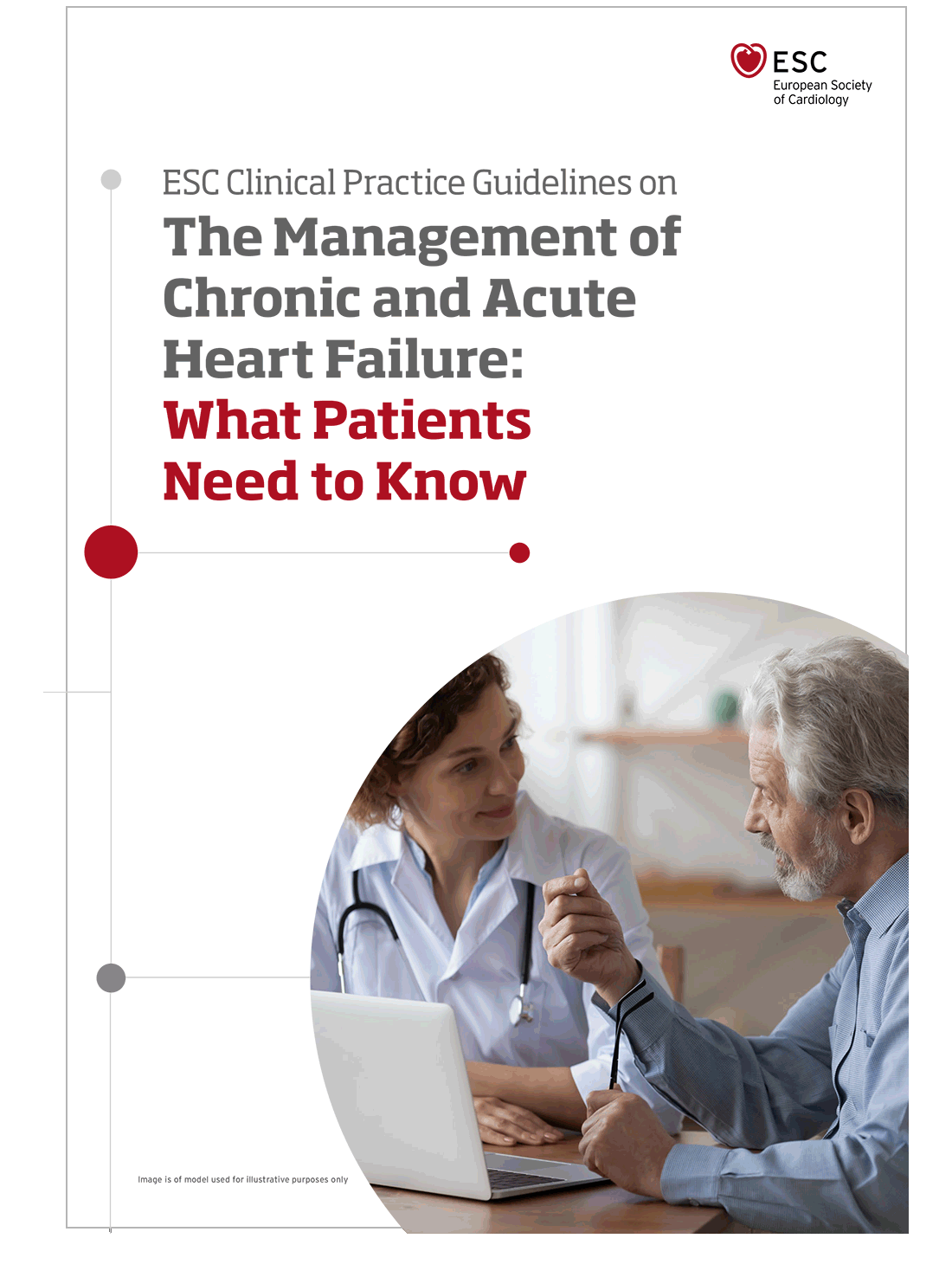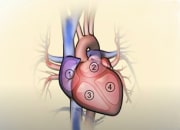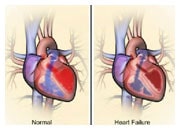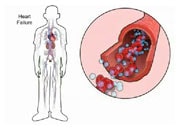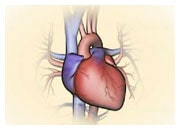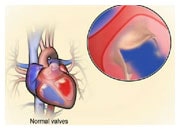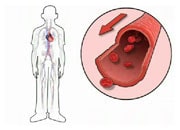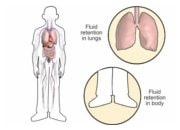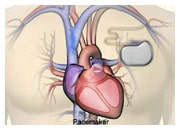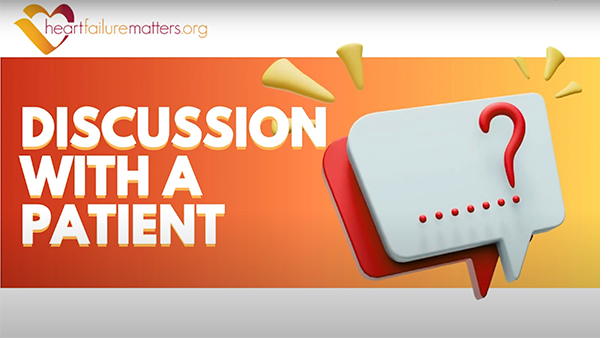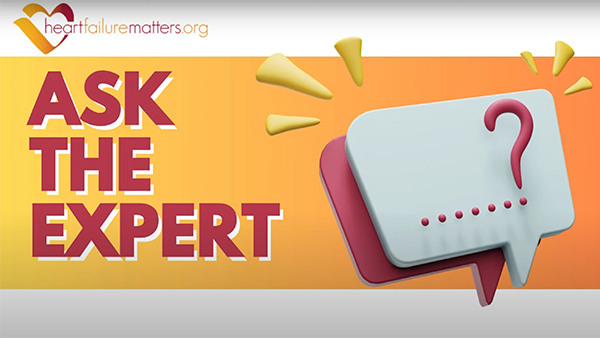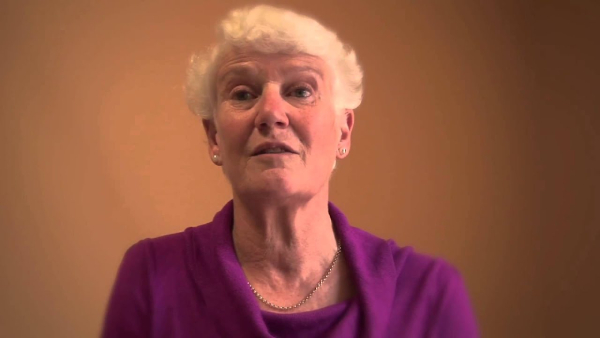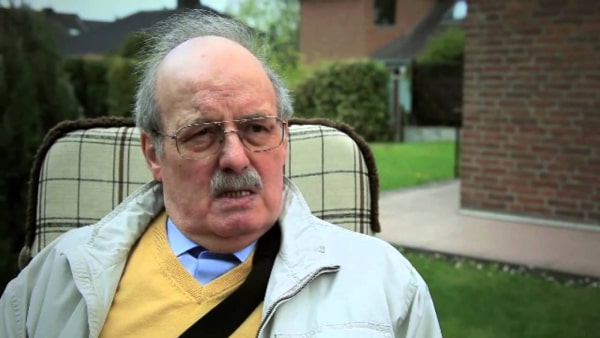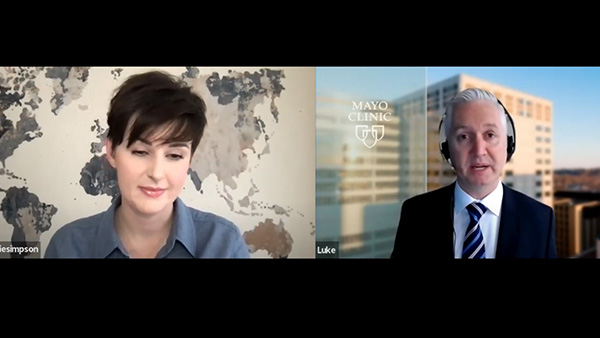How does the normal heart work?
Your heart is a specialised muscle that pumps blood around your body. Blood carries oxygen and nourishment to all parts of your body and carries waste products to several organs, notably your lungs and kidneys, for removal.
Your heart is divided into two pumps, which work together. Blood coming back from the organs and tissues of your body enters the right side of your heart, which then pumps it to your lungs. Your lungs remove waste carbon dioxide from the blood and recharge it with oxygen.
The oxygen-rich blood returning from your lungs enters the left side of your heart, which then pumps it to all parts of your body, including your heart muscle itself.
This process ensures that there is always enough oxygen and nourishment for your body to work efficiently. Click here for a more detailed explanation of how your heart works.
Read a more detailed explanation of how your heart works.

